You know you’re in a local part of Milan when the first thing in sight after leaving the metro is a branch of Lidl instead of Prada or a fourteenth century cathedral. The Porta Romana farmers market is very much a market for local people, only four metro stops from the centre of the city. It’s also the only covered farmers market in Milan; useful on a day like today when the rain is insistent.
The market is run by Campagna Amica, who look after more than a thousand farmers markets all over Italy. Campagna Amica is a foundation that supports agriculture and food products “made in Italy”, the environment and tourism in the countryside. They run a network of over 10,000 markets, farm stays and farms, supporting Italian agriculture through marketing, tourism and environmental sustainability. In turn, Campagna Amica is part of Coldiretti, the main agricultural organization in Italy that brings around 1.6 million farmers together, supporting farms, markets, agritourism, shops, restaurants and urban gardens, the largest zero-mile network in Europe.
The market has a cheerful exterior; I’m glad to find it as there are no signs to the market anywhere to be seen. Every week about thirty farmers from Lombardy, the region of Milan, bring their 100% Italian and quality agri-food excellence. Opened in 2018, this is the largest of the markets run by Campagna Amica in Milan.
Market manager Erica greets me cheerfully, she explains that Milan will charge too much for signs; the market uses social media and word of mouth to spread the word. People find their way here, usually on a Friday or Saturday. On a rainy Wednesday afternoon, there are a few people shopping but the market isn’t thronged with customers. It opens 4pm-9pm on Fridays, when they serve aperitivo in the market courtyard.1 with food and wine from the market, and market beer sellers Green Dog Brewery.
Saturdays is a more traditional 8am-2pm, but on Wednesdays they’re experimenting with a long day; 8am-2pm, they close for lunch, reopen at 4pm, and continue till 8pm.
Are the farmers happy with such a long day? Erica smiles. Not all.
They eat lunch together, one farmer cooks for everyone and they share. Share tales, share ideas. ‘‘They pay more to be here, than to be at an outdoor market so they need to be creative, to be entrepreneur, tell their stories. We create events, thanks to them’’ she explains.
Only products in season can be brought to sell. Stall holders are allowed to bring in products from other farms, but only if they’re accredited by Campagna Amica. In a market on public space, farmers, and their produce have to be from the region; here it’s Lombardy. They can buy in up to 49% of their produce, and have a minimum of 51% of their own produce on their stalls. In a private space like Porta Romana they can do what they like but Erica says, they aim for a balance of 80% own products and 20% brought in. ‘‘We try to become stricter and we’d like our farmers to follow this too.’’ How stricter? She wants to see 100% of the products be the farmers own;
‘‘My dream is to have more small farms selling only the food they produce. It’s not that easy to do this here, to find enough small farms. It’s hard to change how the market has already been set up.’’ She continues; ‘‘We’d love to find more farms that share our values. We have lots of farmers from the south who want to come to the north to sell because they’ll make more.’’
What happens if she spots a product on a stall that’s not been approved? It’s removed.
Farms and markets are checked every year by an external organisation who doesn’t announce their visits. If a stall doesn’t tick every box, their farm is visited. ‘‘It’s not just the quality of the product that’s checked, it’s the quality of life; animals, farm workers, everything’’.
Stall holders are crossing the market to talk to each other, some are serving customers, but all are happy to stop for a photo if Erica asks. Every one is wearing the bright yellow Campagna Amica apron. She’s been managing the market for a year, and with a background in sustainability and communications, Erica is responsible for all the market publicity. She understands that the job needs patience and keeping the community happy.
There are four or five fruit and vegetable stalls, the smallest one displays organic apples, pears, baskets of radicchio, herbs and Savoy cabbages, buckets of leeks and chard, and jars of preserves.
Meat stalls are well laid out with cuts of beef, cured salami, bresaola and hams. Another stall specialises in poultry. Cheeses, dairy, fresh pasta, olive oil, honey, wine, beer, honey, grains, sturgeon caviar, bread, cakes, eggs, snails, hazelnuts, chocolate, even beauty products made from snail shells. The fish stall in the courtyard is empty: they're not at the Wednesday market.
It’s early March and already there are broad beans and bright glossy strawberries on display. All Italian. A stall has trays of ready to eat dishes; Erica explains he has an agritourismo; the ingredients come from his farm.
A raw milk dairy stall with produce from a small farm, Cascina Bordonazza just a few minutes from Lodi. Between June and September their various breeds of cows graze freely in the mountains on the Tonale Pass.
I'm sampling a raw milk mountain cheese, aged about two years, deeply savoury and delicious. Pictures of his cows on the stall holders phone shows them on pasture, a good sign.
There’s a range from hard to soft cheeses, all clearly labelled; pots of yogurt, kefir, bottles of milk and packs of raw milk butter.
Opposite his stall, a vendor shows me bright pink radicchio, too good to pass by.
Further into the market, Colombo Farmhouse makes Gorgonzola and sheep and goats milk cheeses.
On another stall, wheels of Parmesan are on display, three ages, 12, 24 and 36 months.
Only cheese produced here in Lombardy and in Emilia-Romagna can bear the name Parmigiano-Reggiano.
These cheeses come direct from small dairy farms, but in the north most farm animals are kept indoors as opposed to the south of the country where animals are on pasture. It’s more than possible that the Parmesan on sale in a supermarket near you will come from cows that never see grass. Zero grazing. They’re fed grass or silage but it’s brought to them. Friends I met for dinner confirmed that the north of Italy has the most industrialised farmland in the country. That’s why you’ll hardly see a farm animal outside if you travel through the northern Italian countryside.2
Bread at the market is made by Davide Longoni, who has several branches in Milan. A hazelnut farm sells the nuts in various different ways. Olive oil at the market comes from Liguria.
The charmingly named, In the light of the snail sells fresh pasta, free range eggs, and snail beauty products. Products made from snail slime, not items to beautify snails.
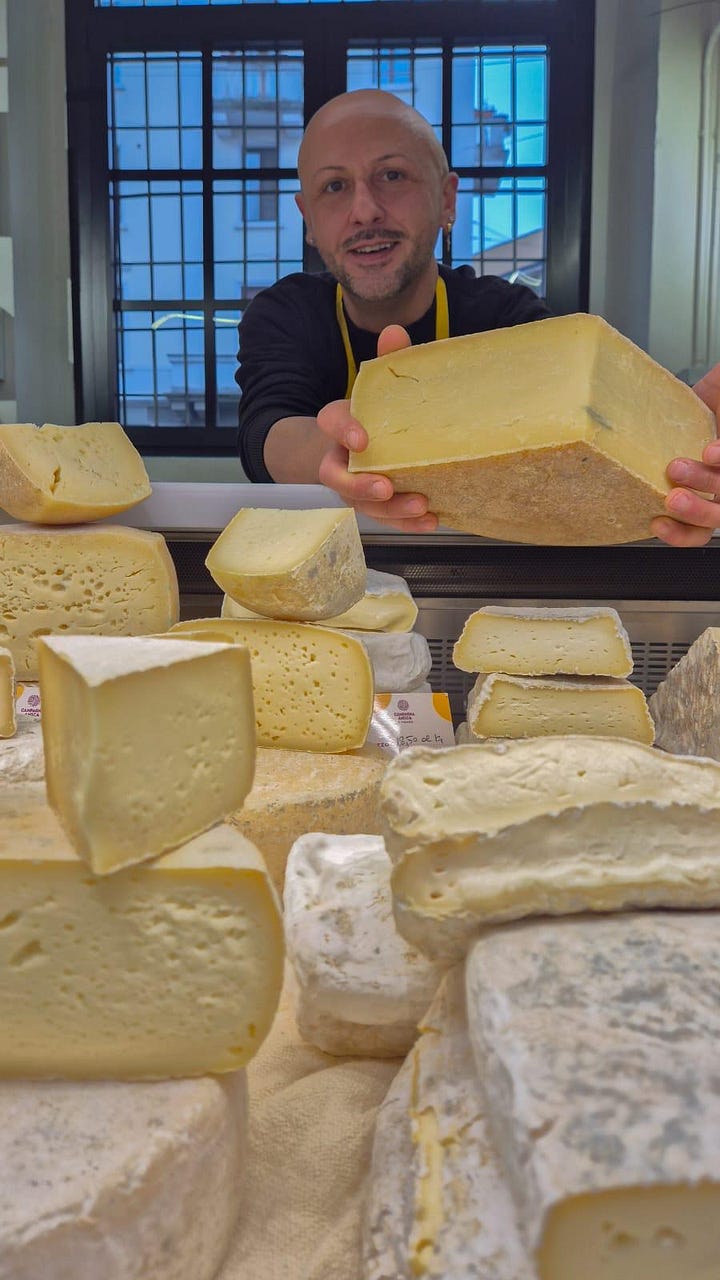
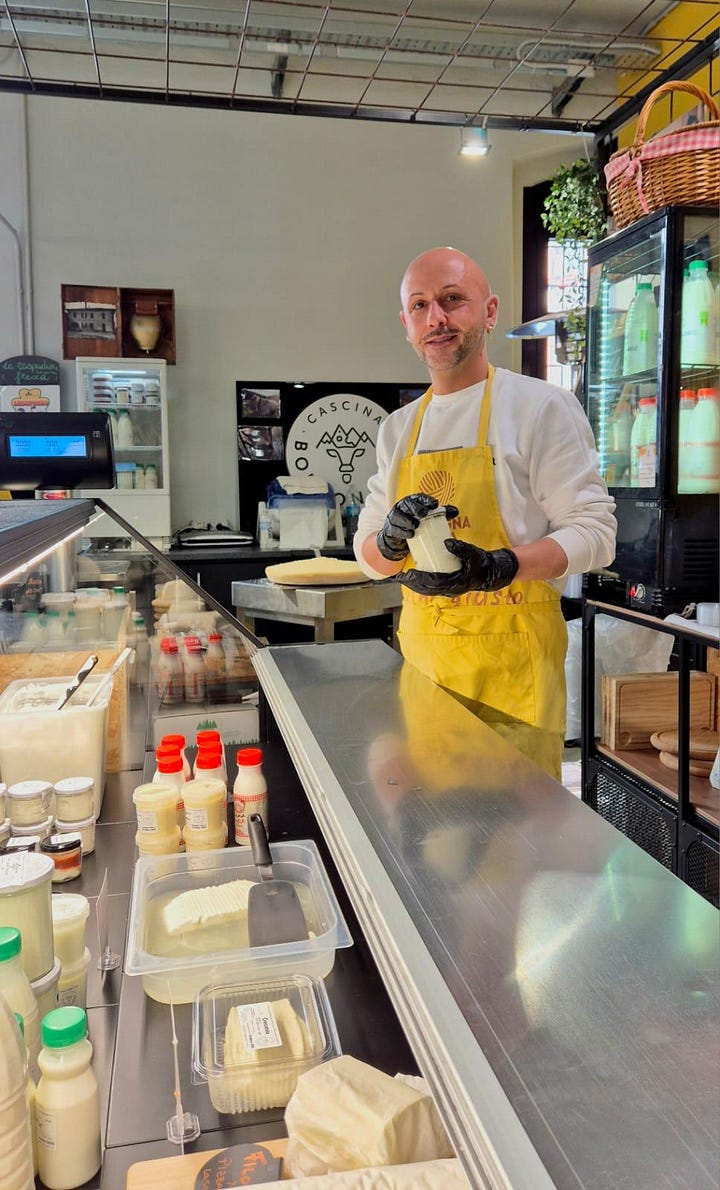

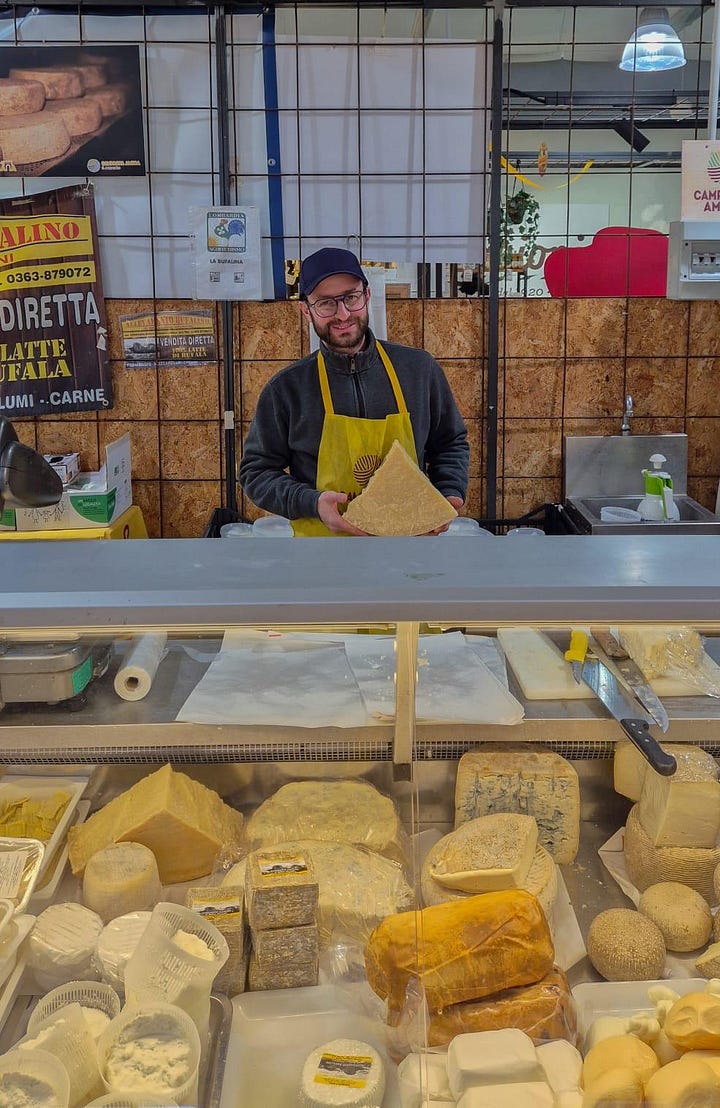
Erica is most proud that the market is for everyone. Families come to taste good food; they can tell the difference. She always talks to customers; the market teaches people about the seasons.
She loves that the market hosts events, that it’s more than just a market, it’s a place to socialise. ‘‘When you see happy people it’s really good for us. It’s a community.’’
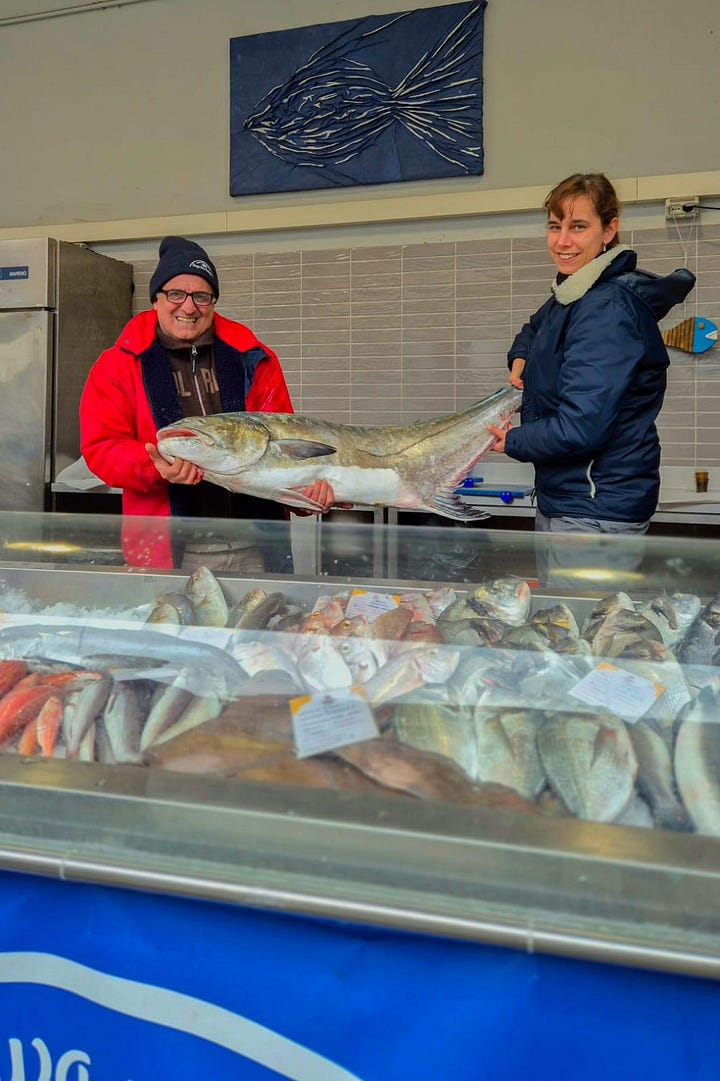
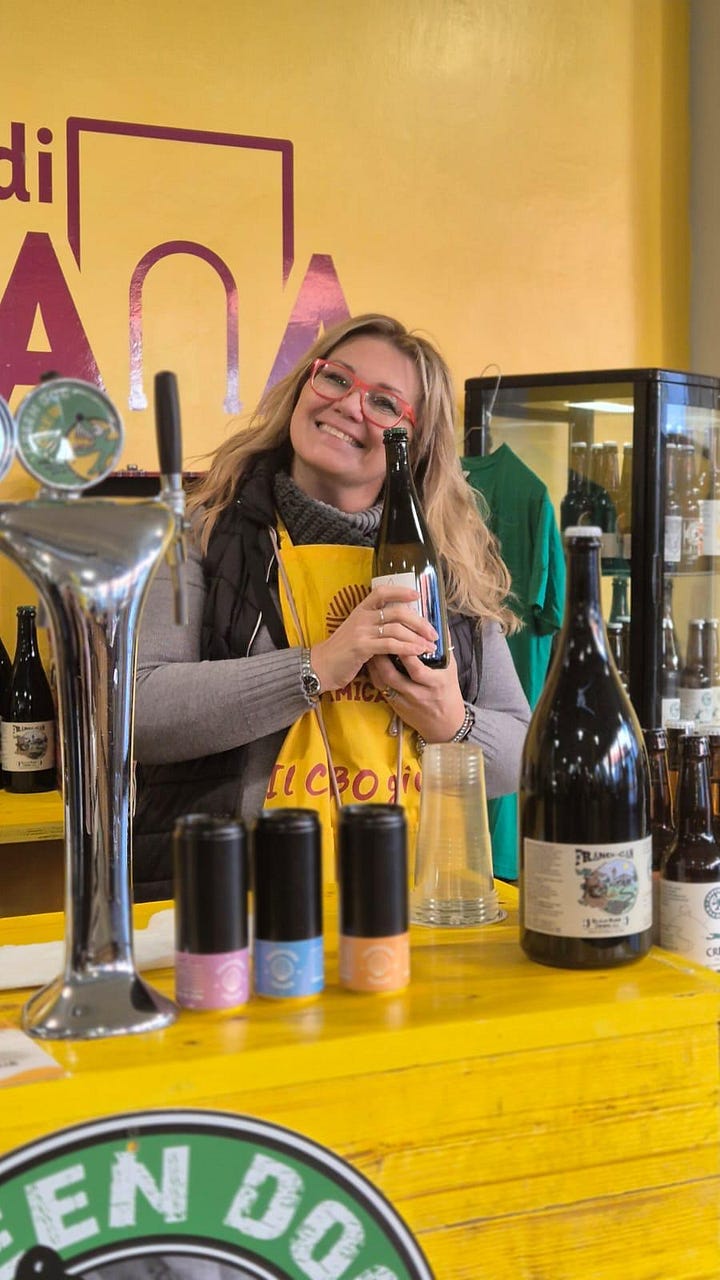
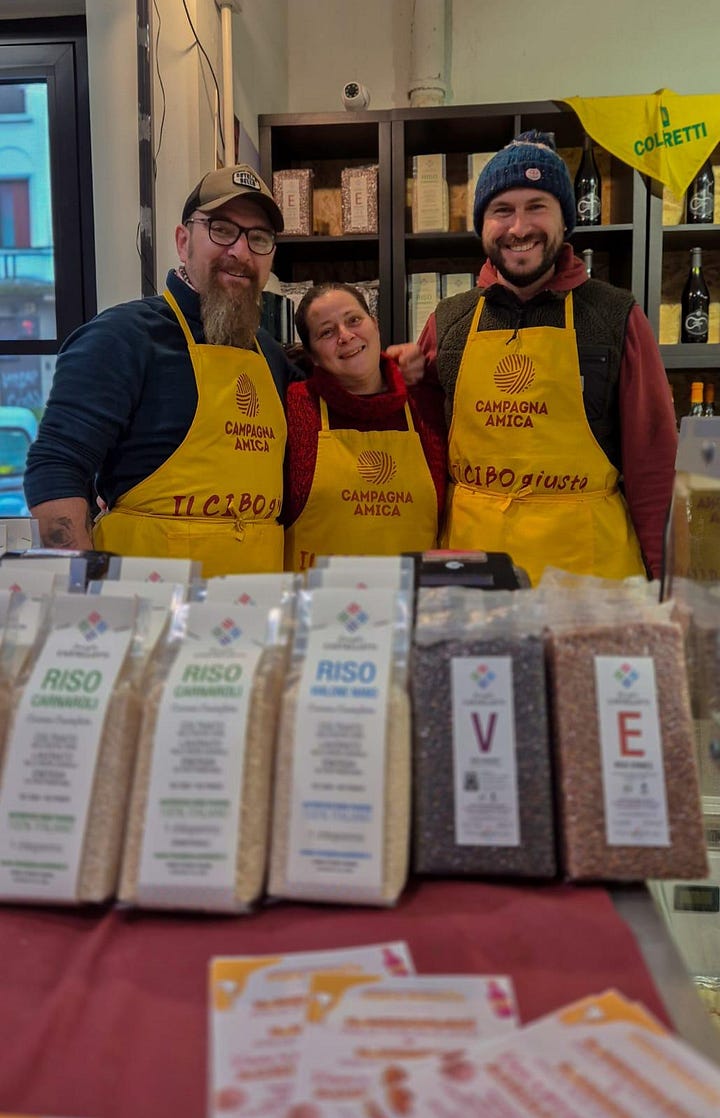
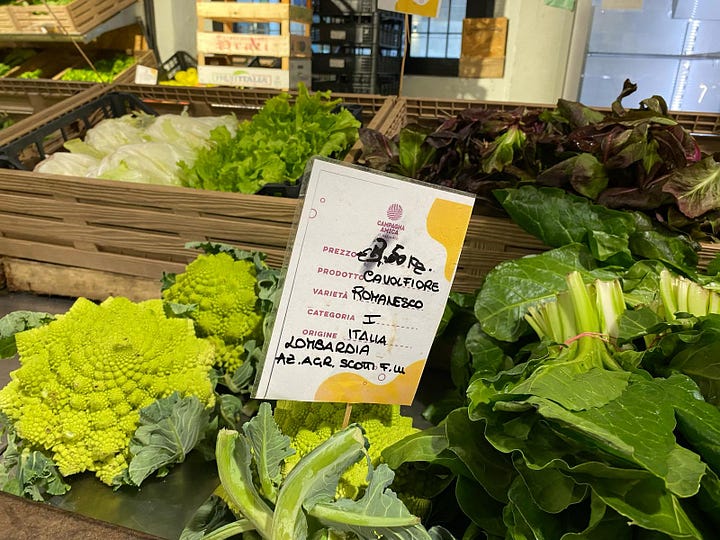
If you’re self catering, or living in Milan it would be easy to fill up your shopping basket here, and if you’re not, there’s plenty to bring back home in your backpack or suitcase, or just to buy to eat on the spot.
The farmers market of Porta Romana, every Wednesday, Friday and Saturday (times as above).
The other markets run by Campagna Amica in Milan;
Mercato Campagna Amica – via Ripamonti 35
Mercato Campagna Amica – via Lomellina
Mercato Campagna Amica – via Lorenzini 3
Mercato Campagna Amica – Piazzale Lotto
Other markets I wasn't able to visit (next time); please check to see if they’re running before you go!
Mercato della Terra di Slow Food (Slow Food Farmer’s Market). A farmers market in all but name. Being Slow Food, they must call it something else.
Il Mercado agricolo della Cuccagna, Cascina Cuccagna
La Campagna Nutre is Citta, an itinerant monthly market that moved around the city.
The Navigli Agricultural Market
If you think that my articles are worth supporting and a monthly or yearly subscription isn't possible;
You can buy me a cup of coffee here.
But; if reading my work makes you immediately want to bolster my writing; a monthly or yearly subscription would be amazing, thank you.
I love that they call it agriaperitivo” (farmer’s happy hour)
It's not just a problem in Italy. According to Compassion in World Farming, 85% of farmed animals are confined in factory farms in the UK

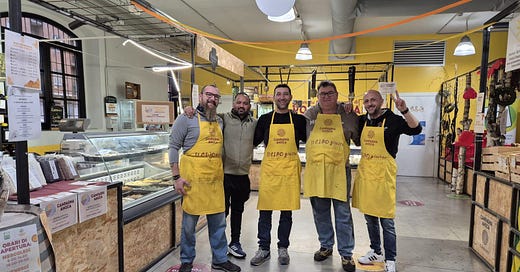



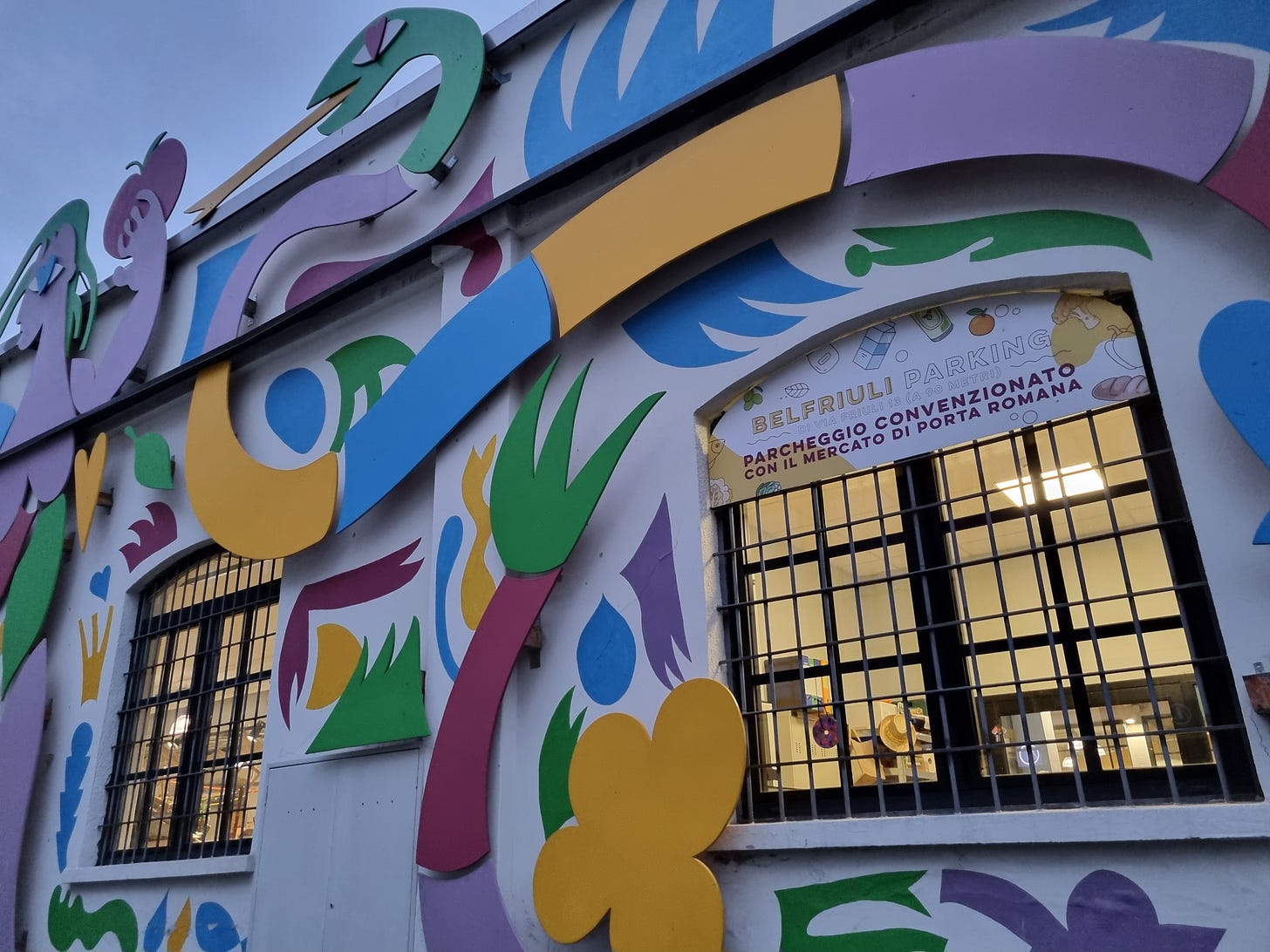
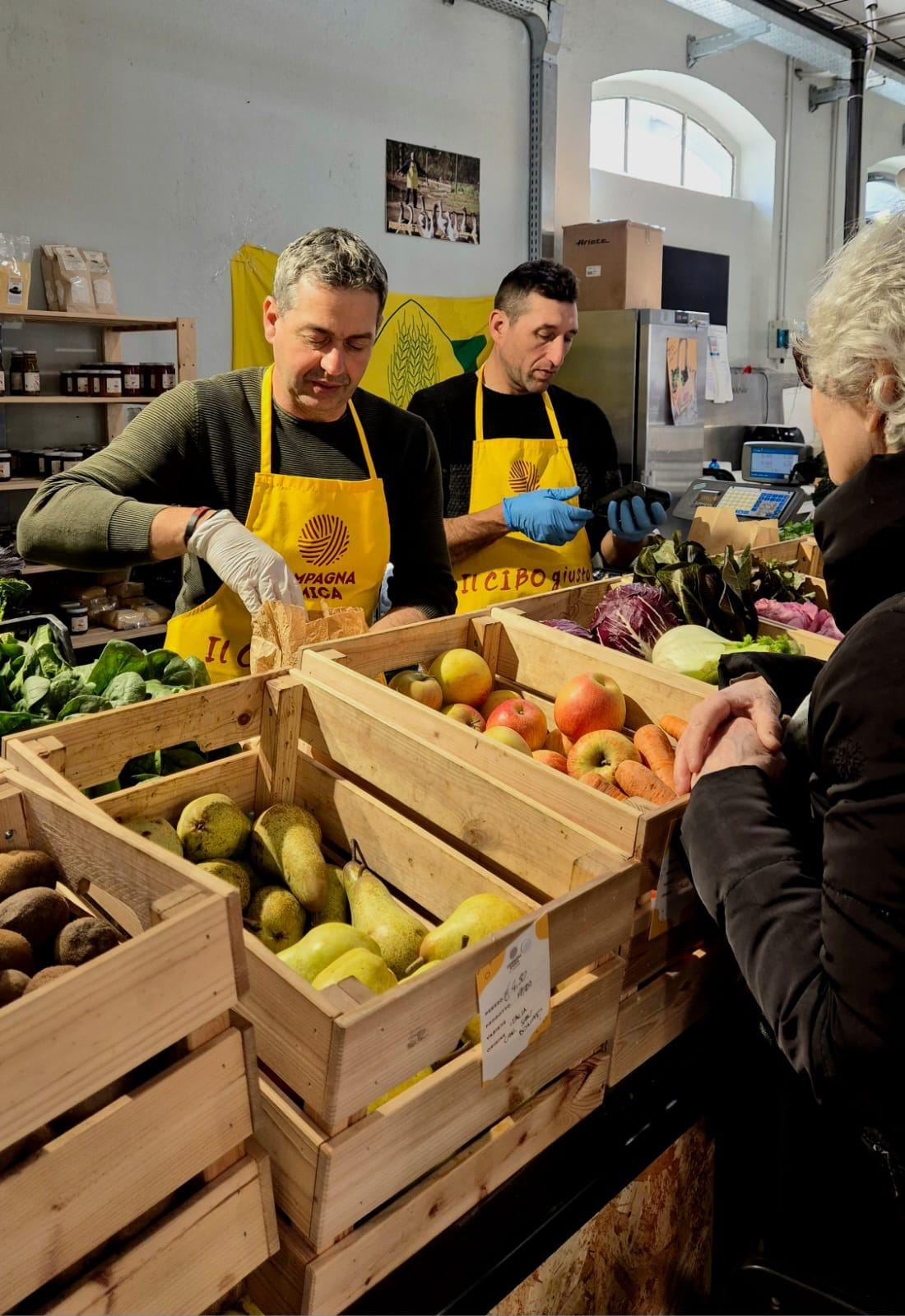
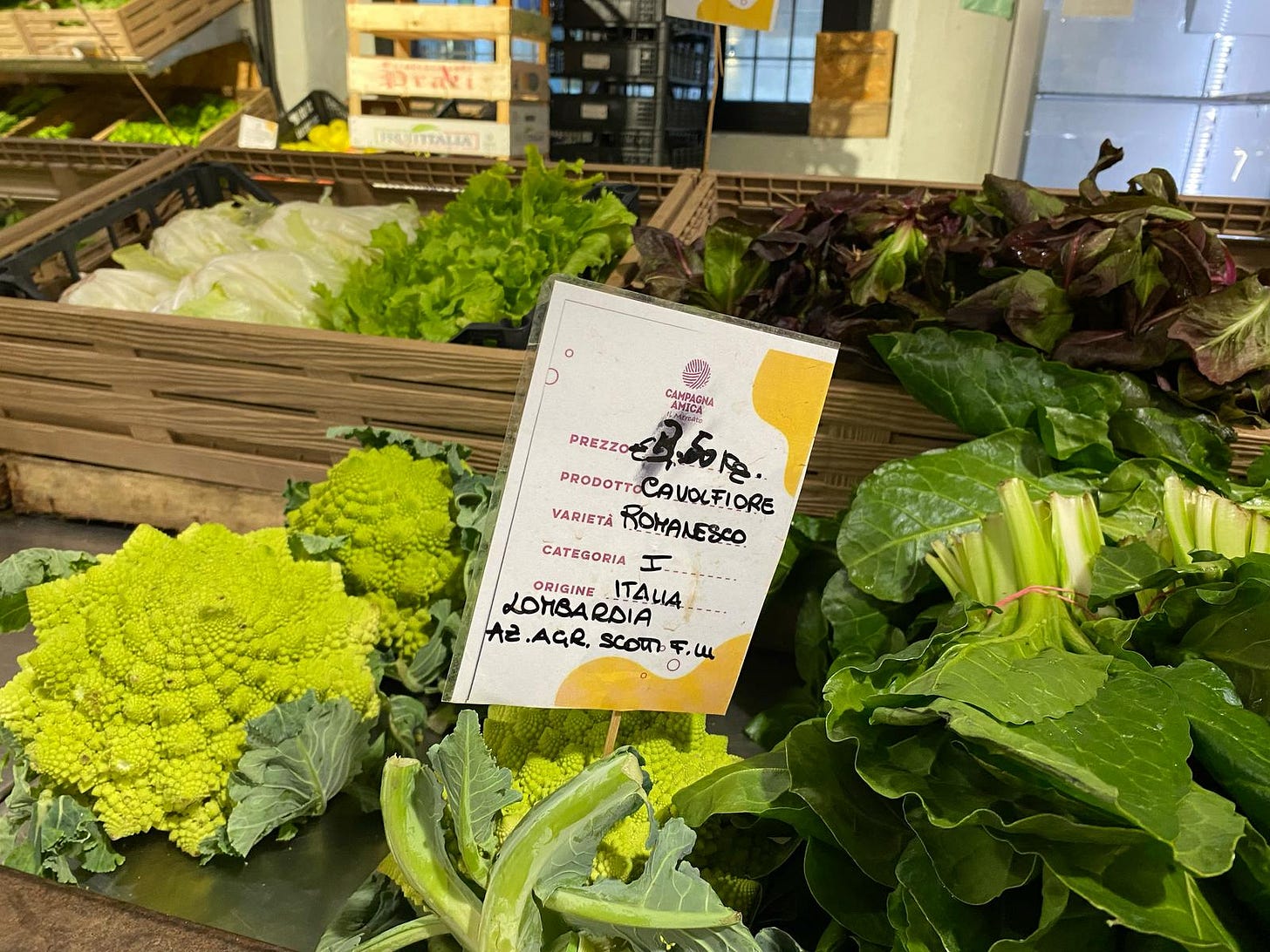
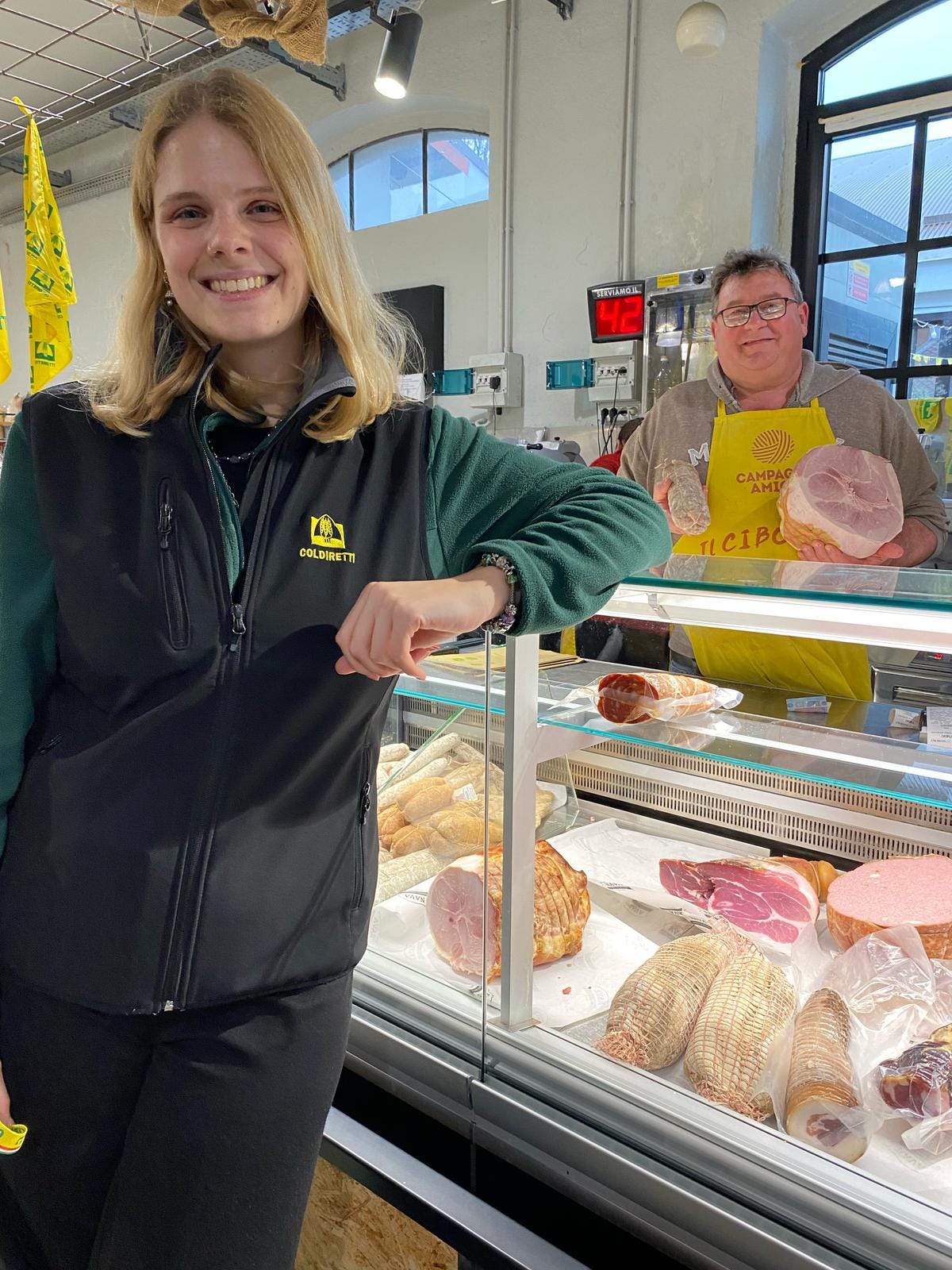
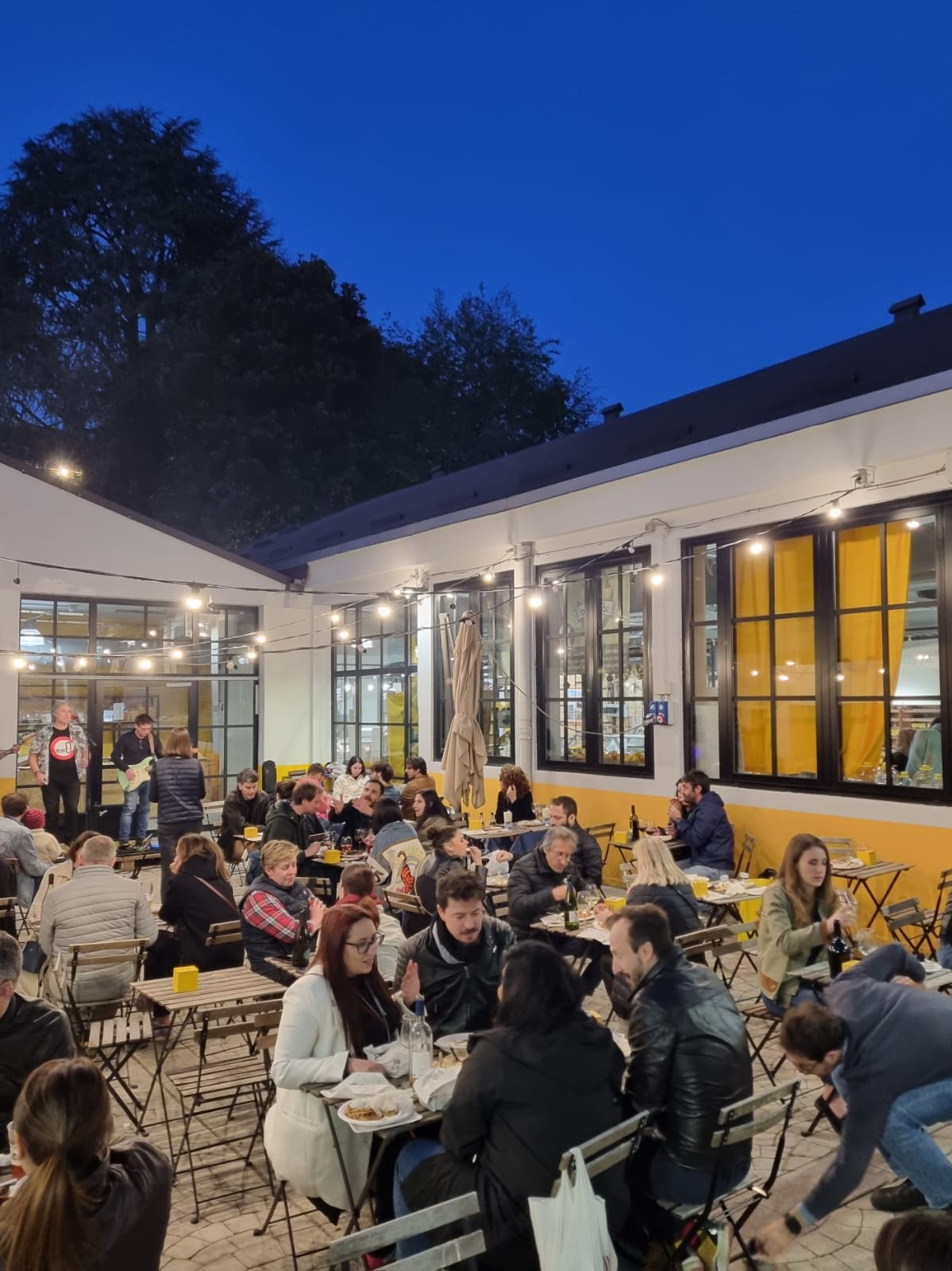
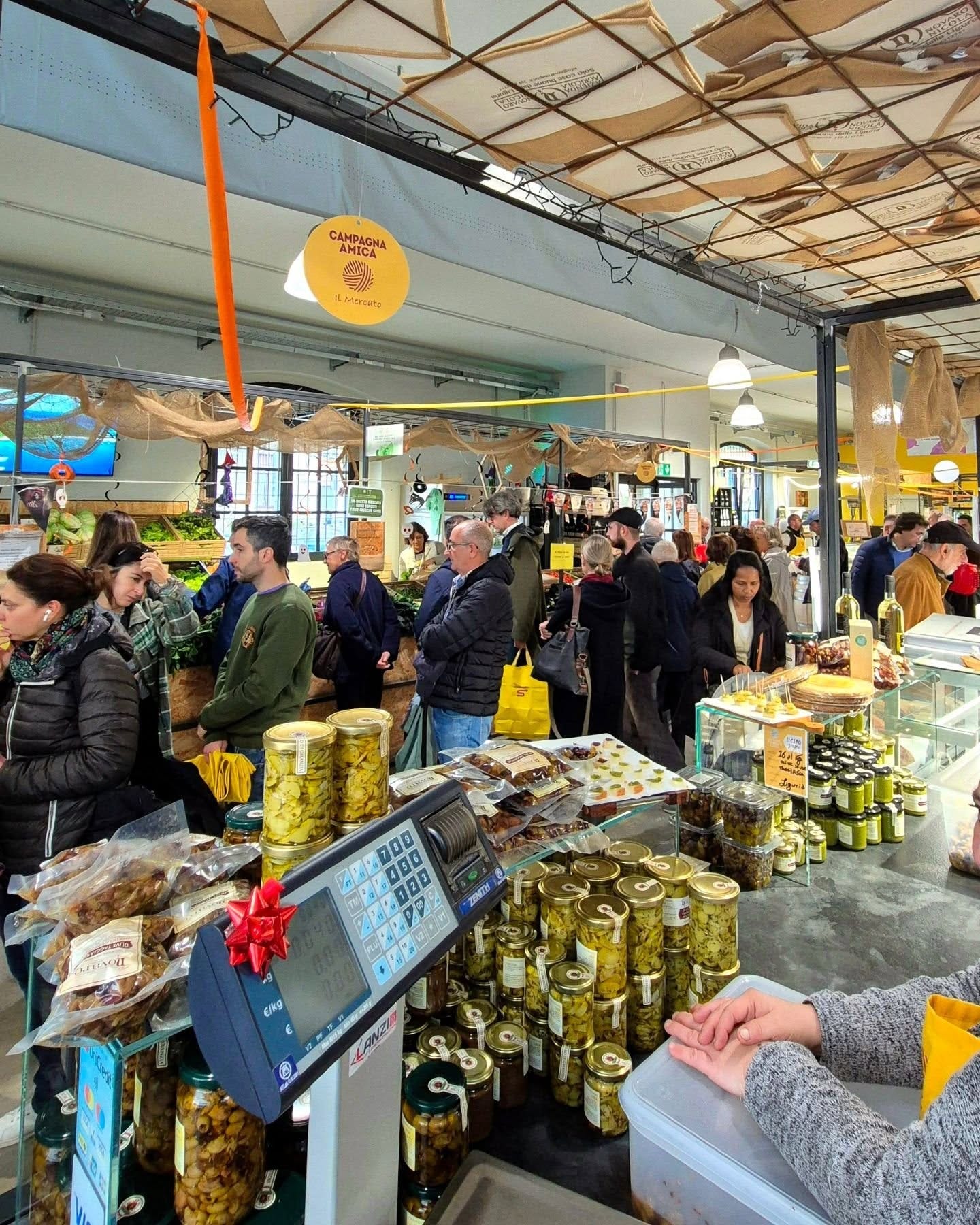
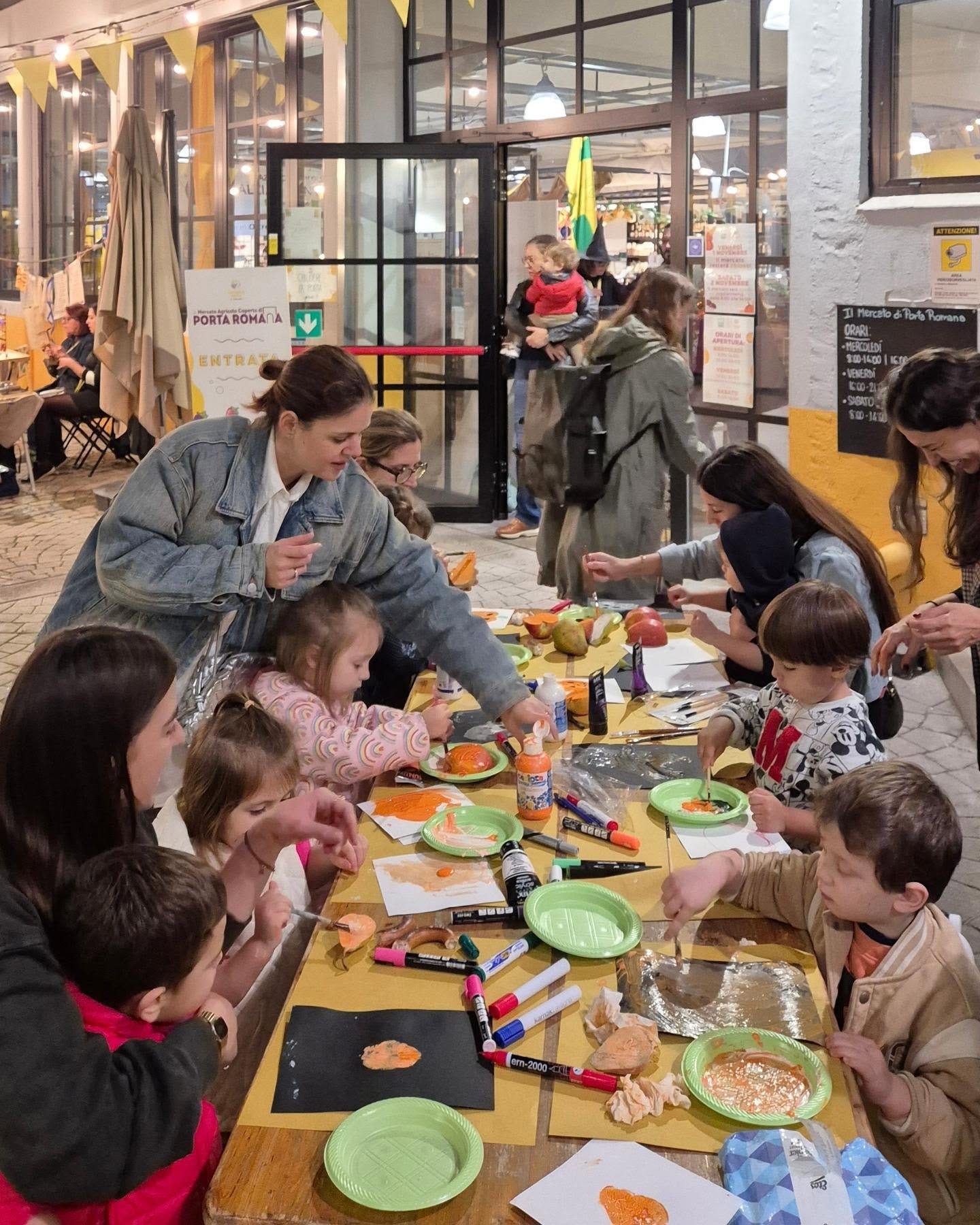

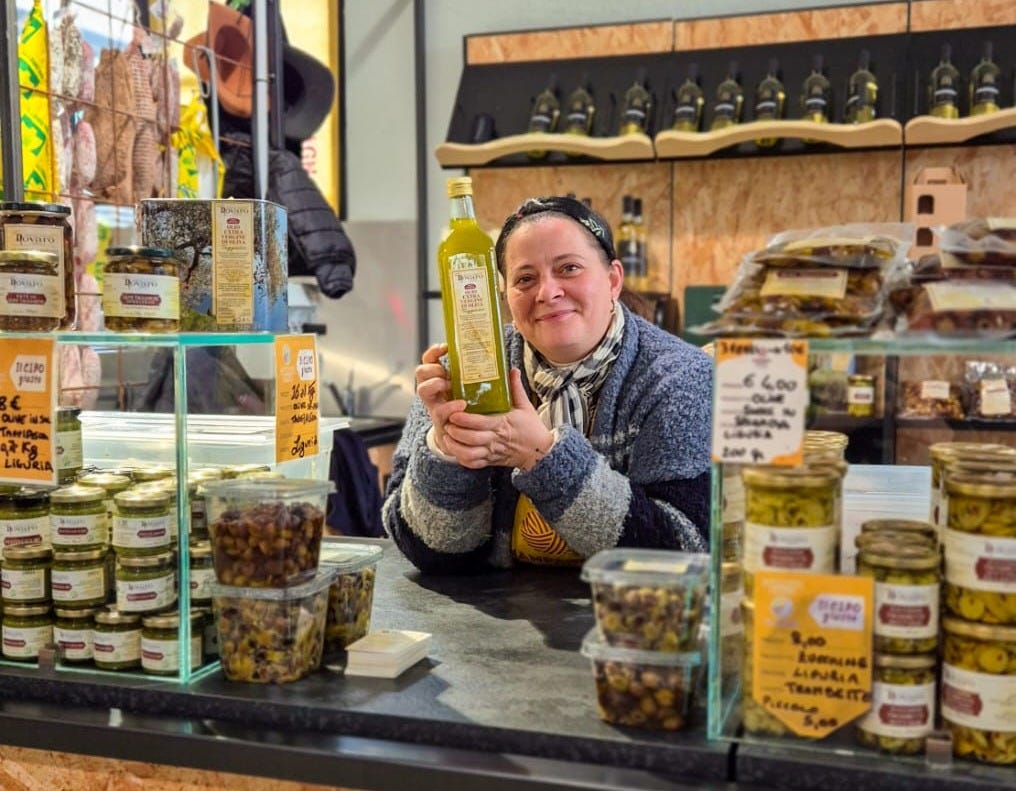
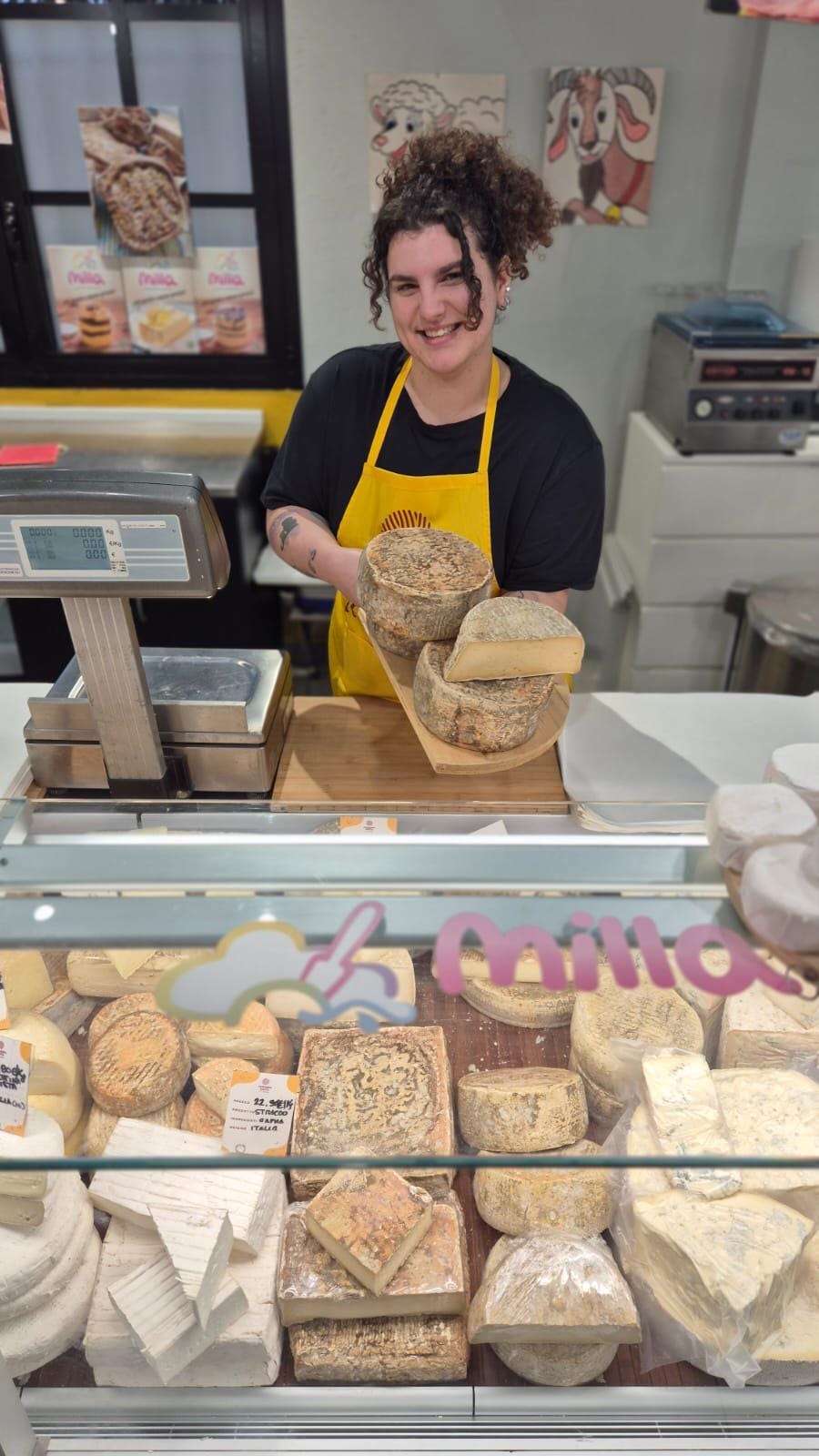
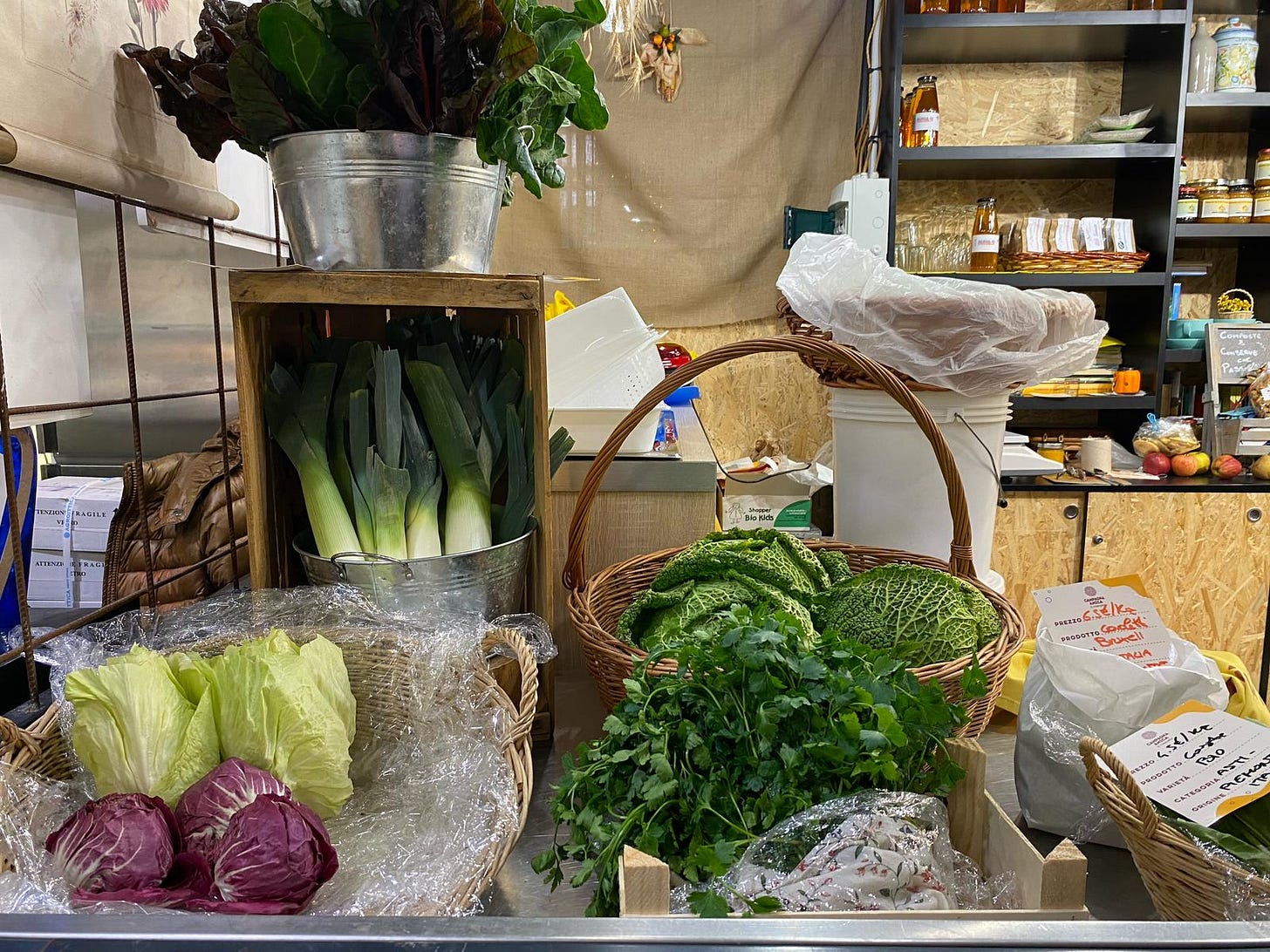
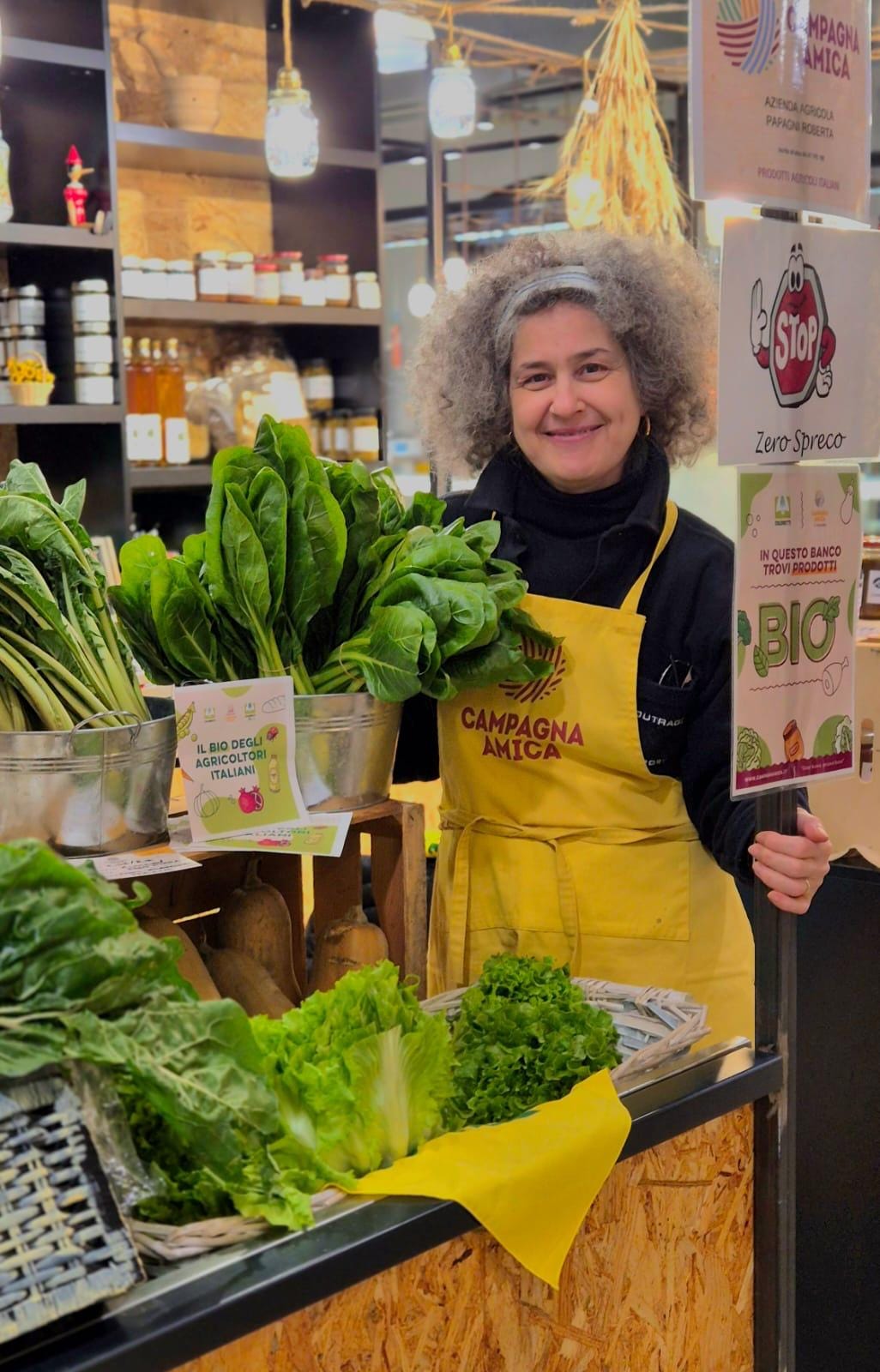
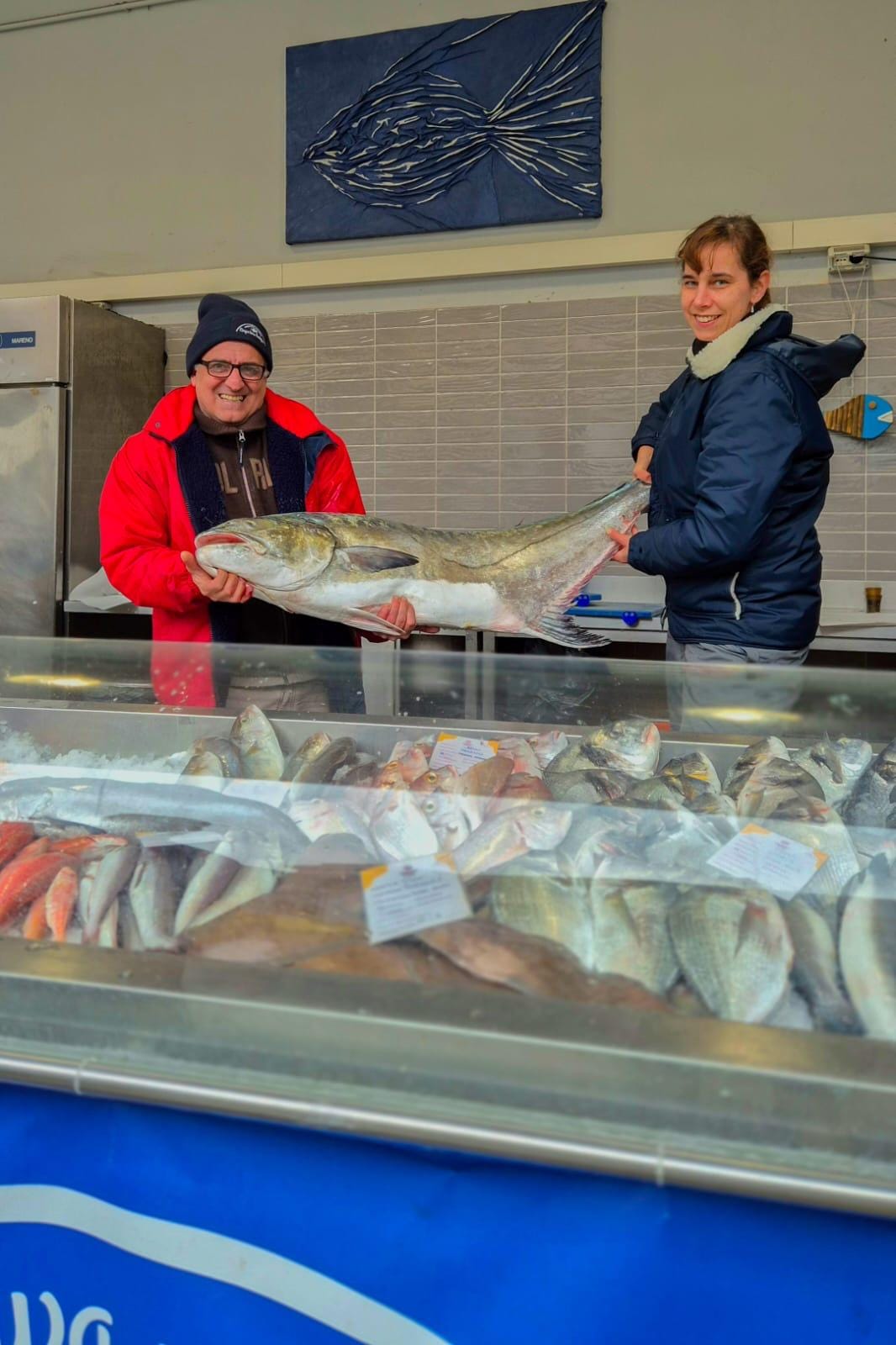

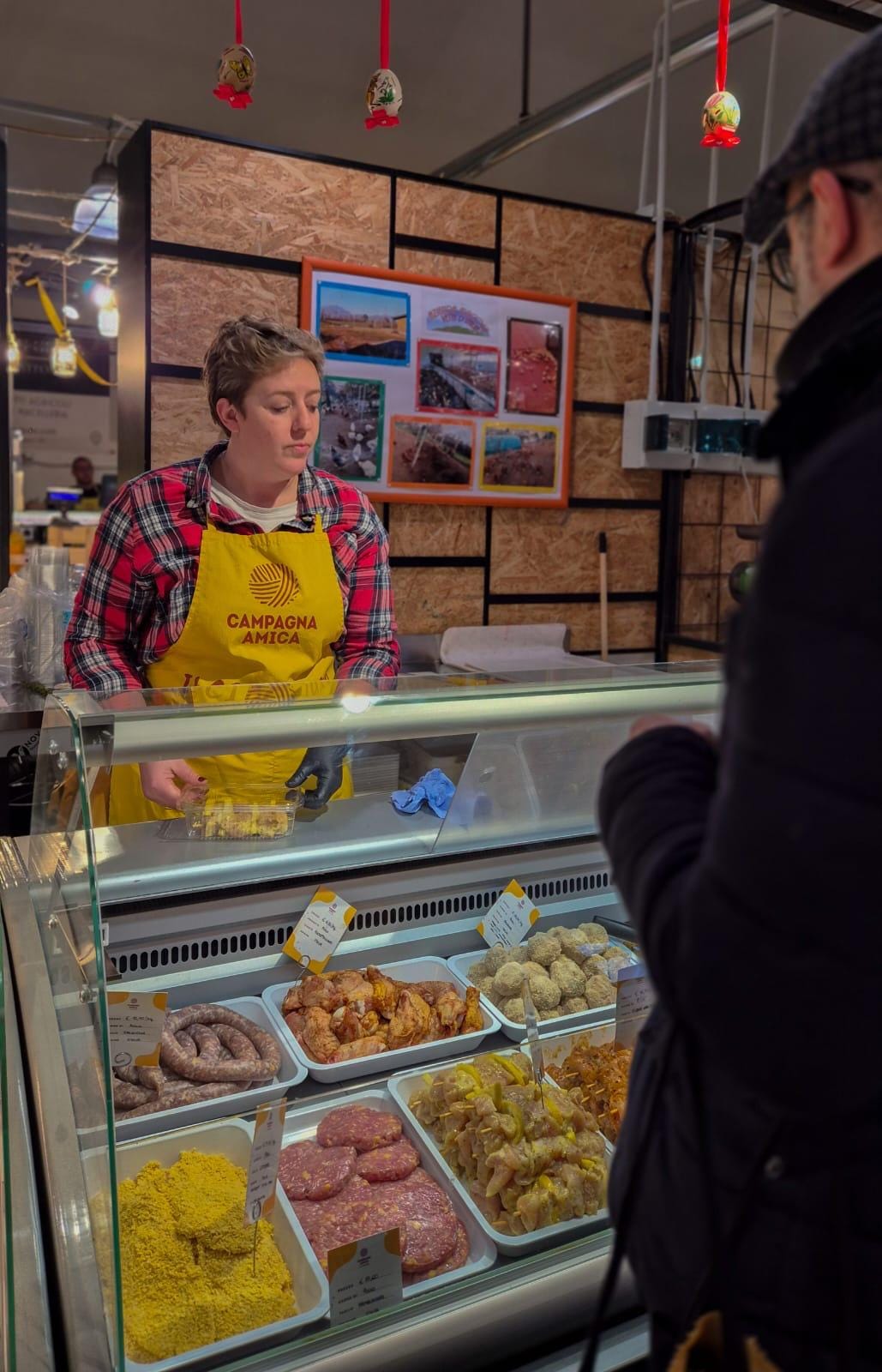
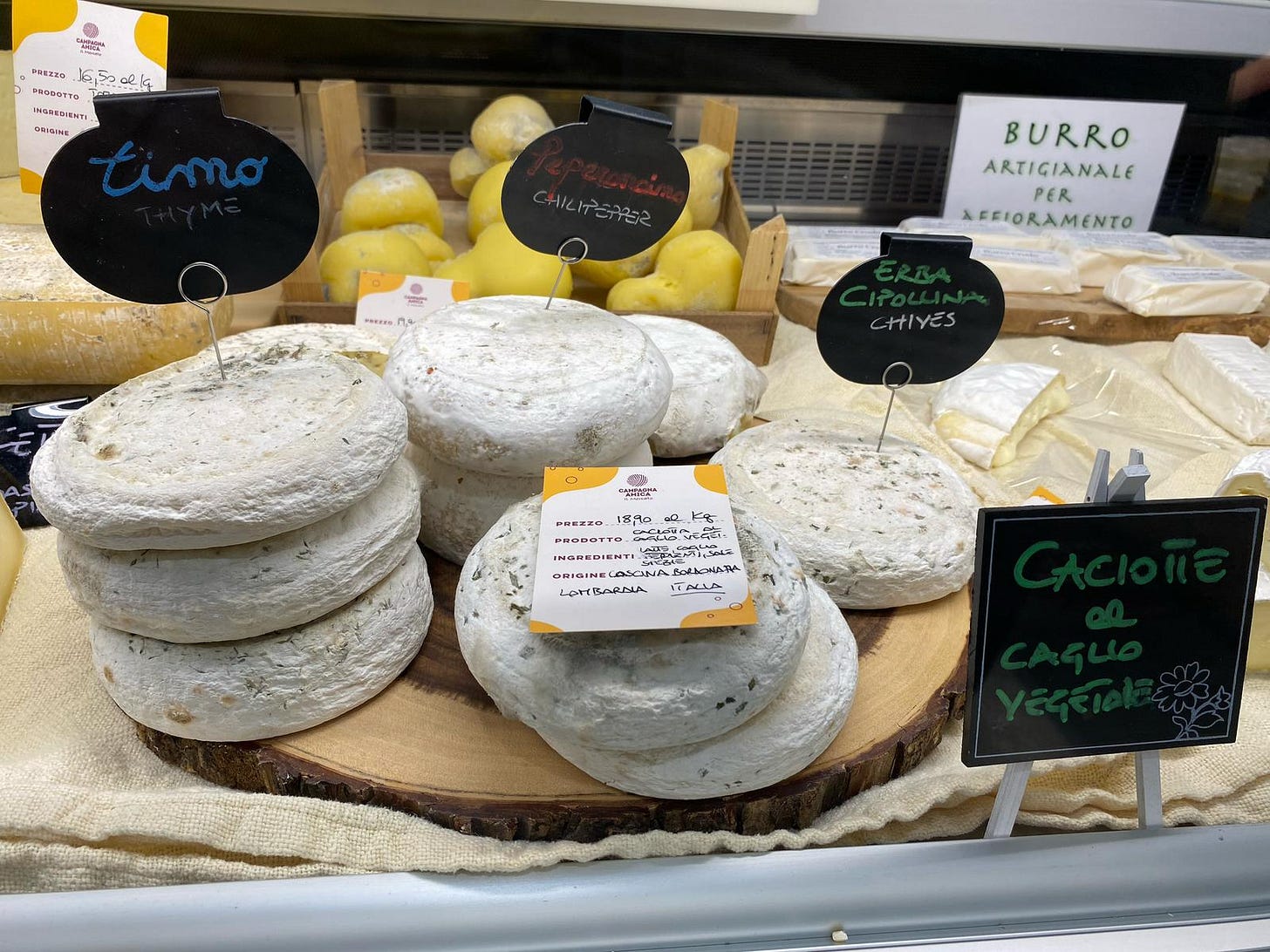
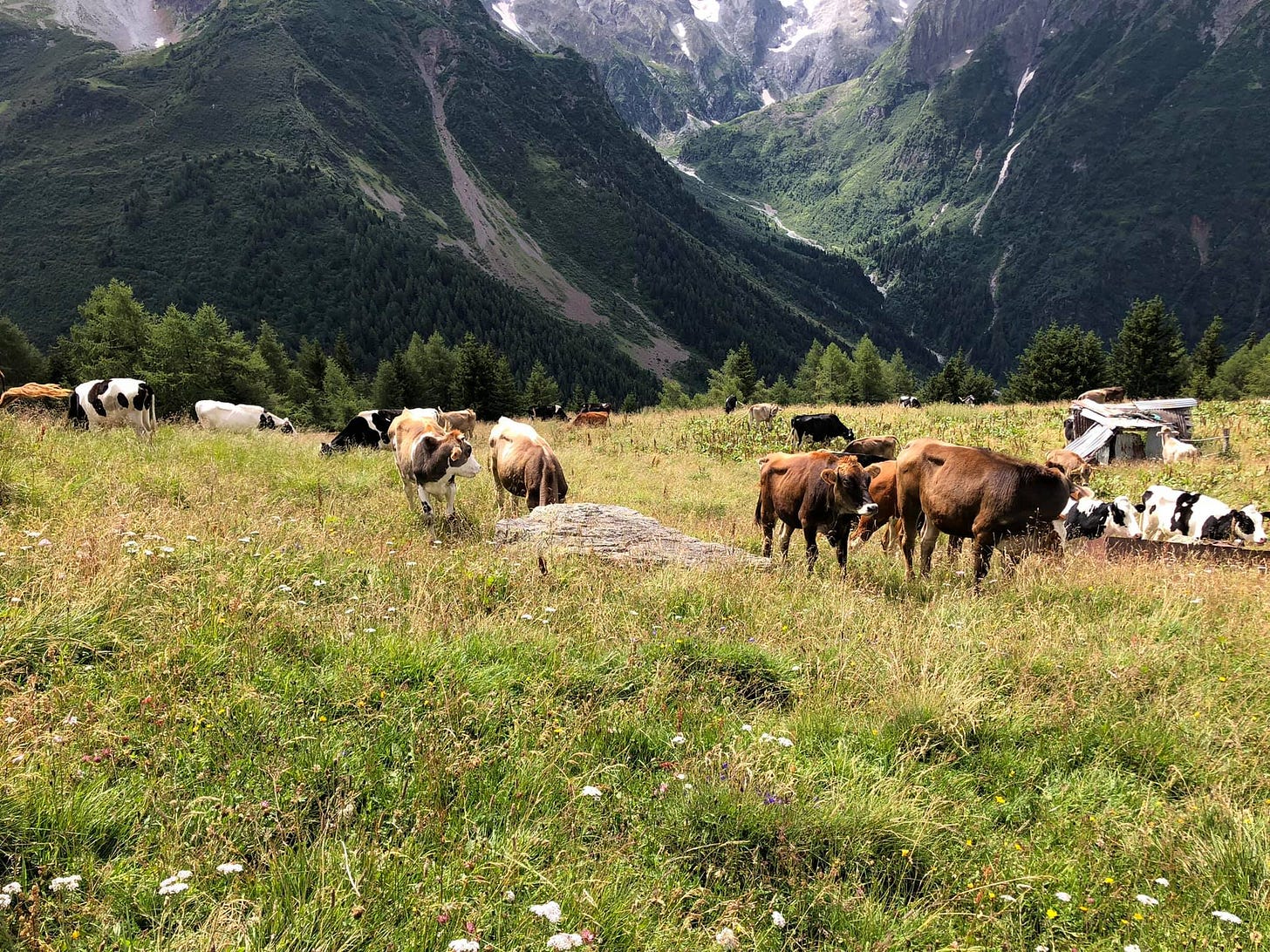
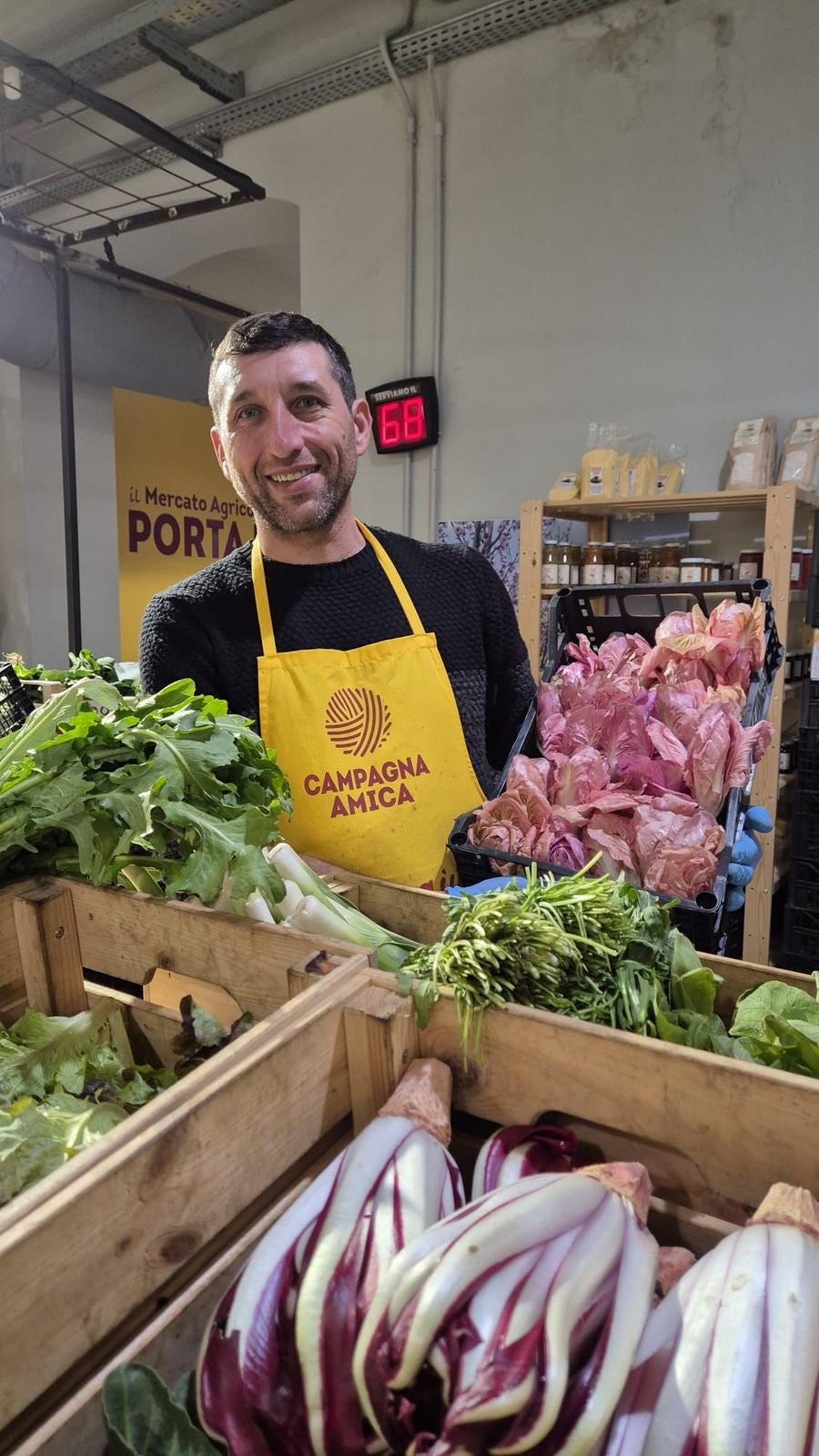
Wonderful. A holiday in miniature.
Great story! Makes me want to visit if I ever get back to Milan.